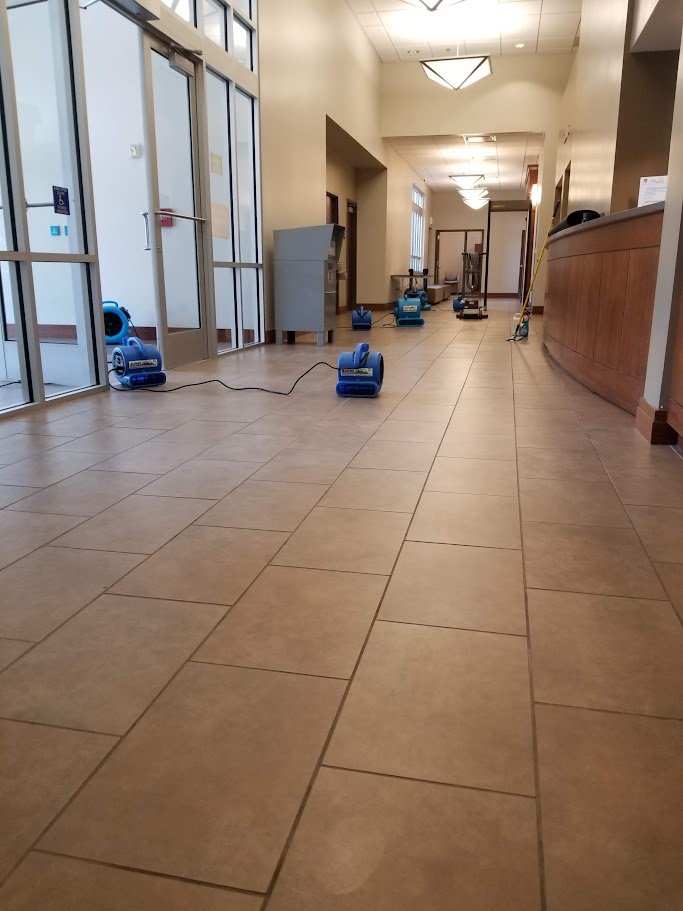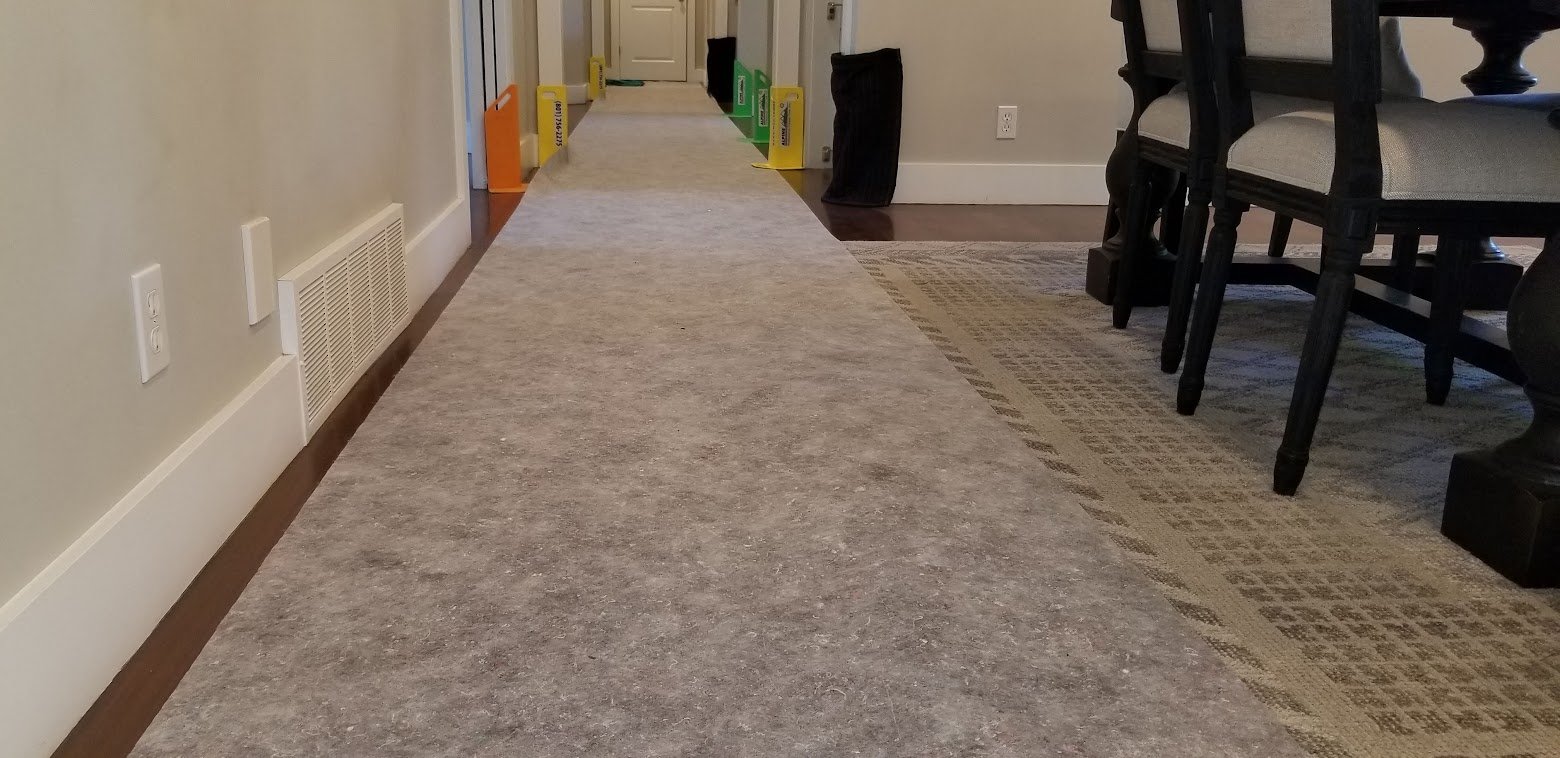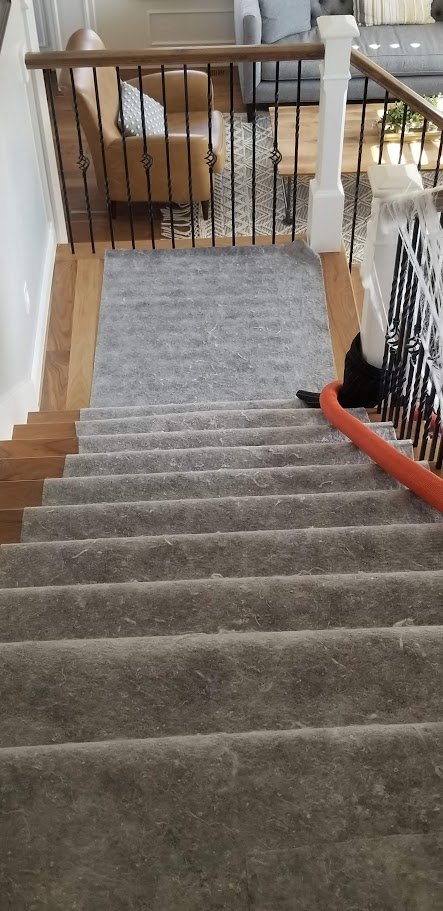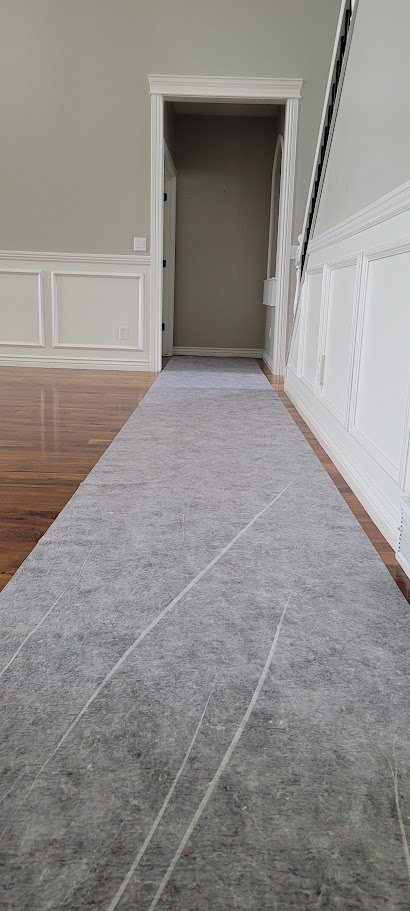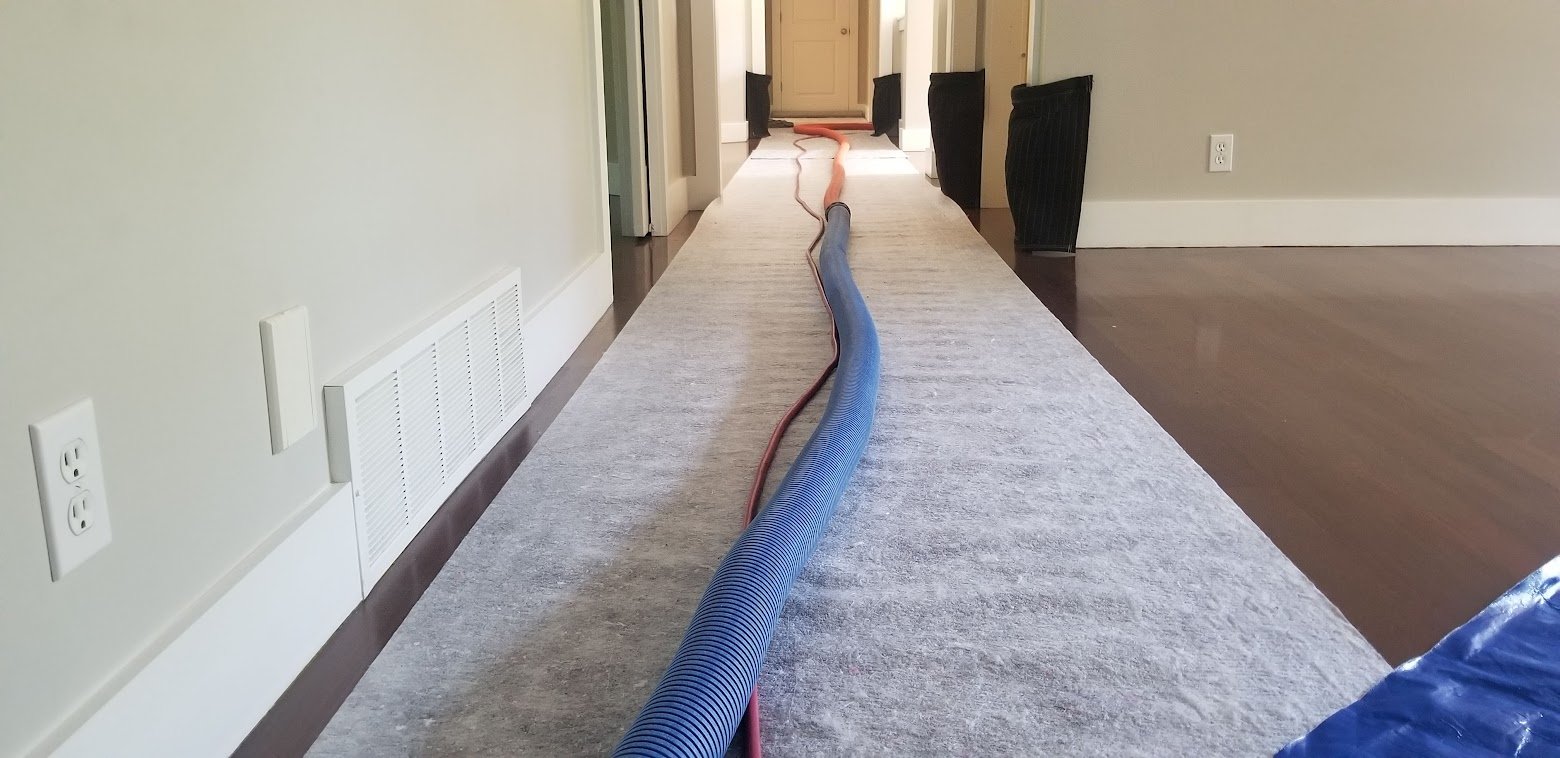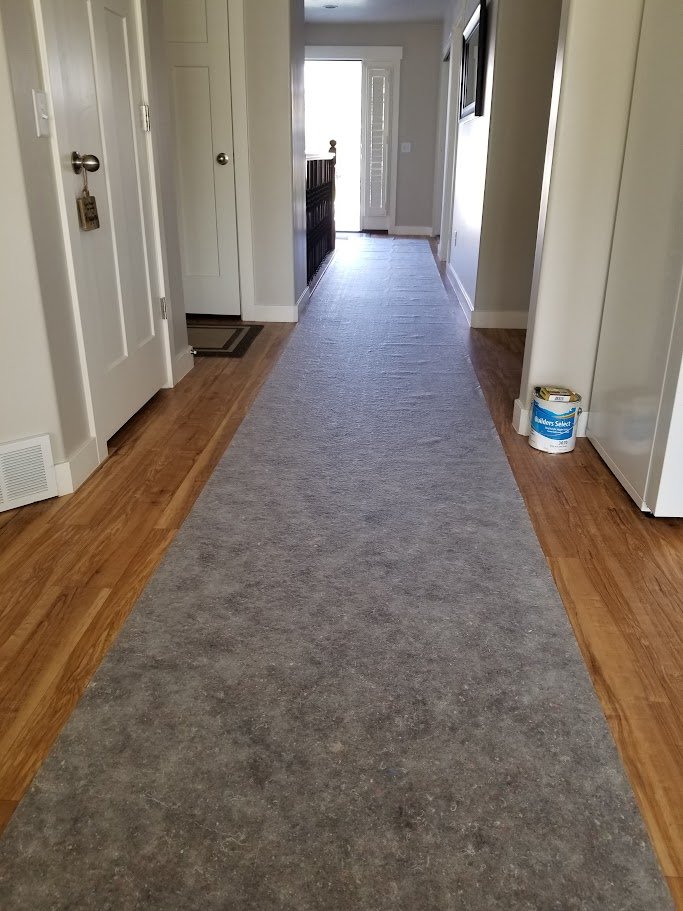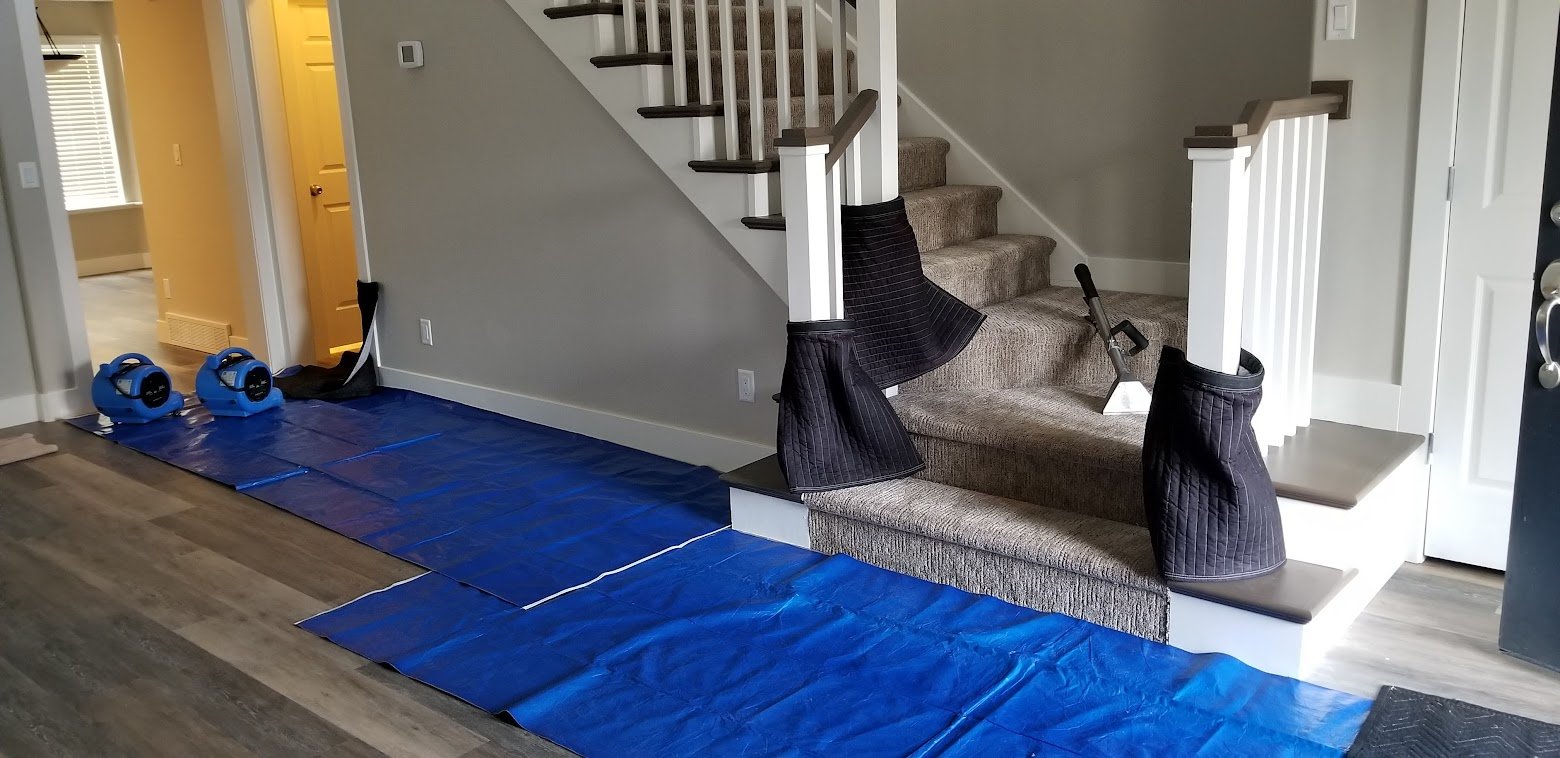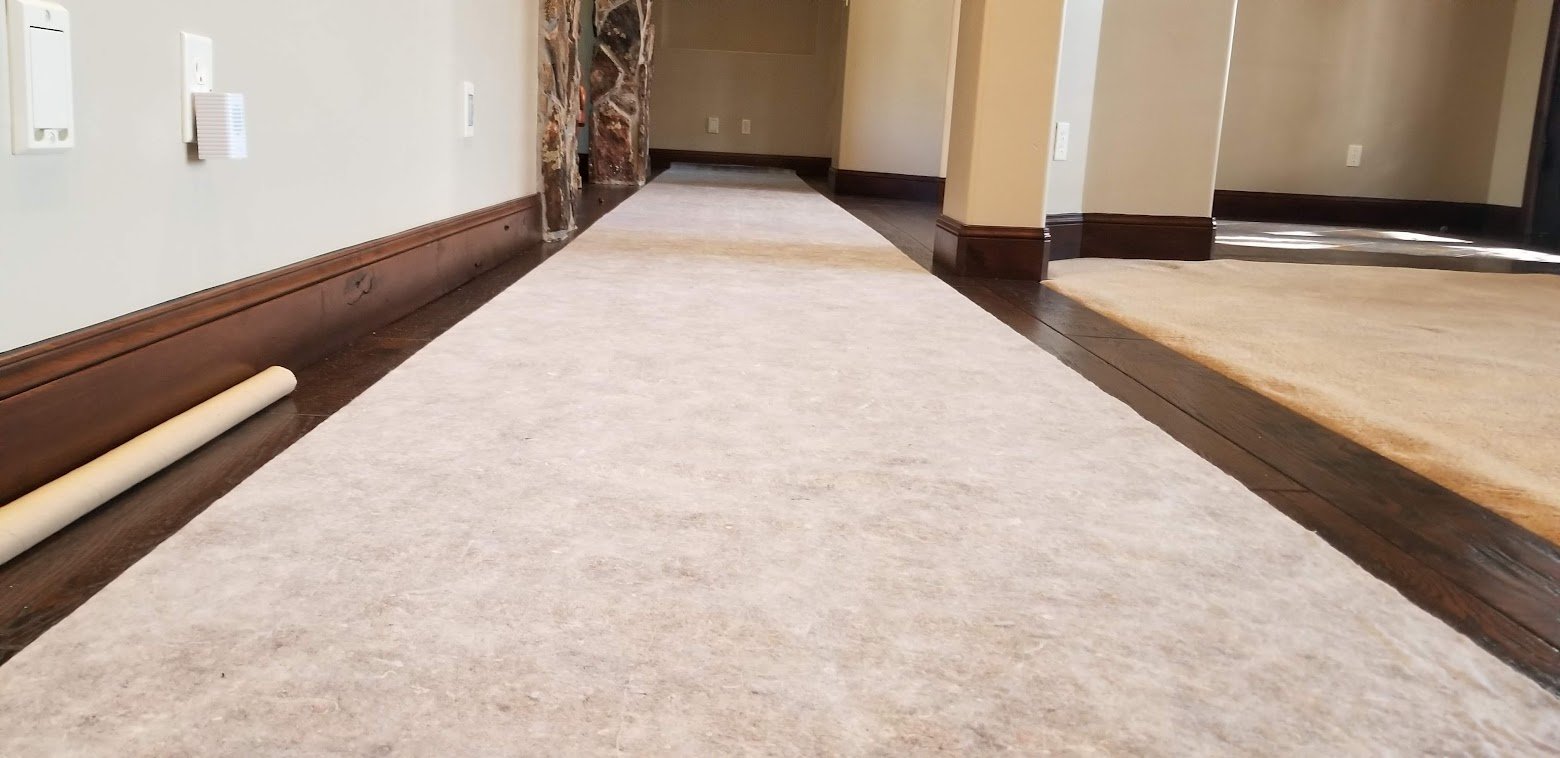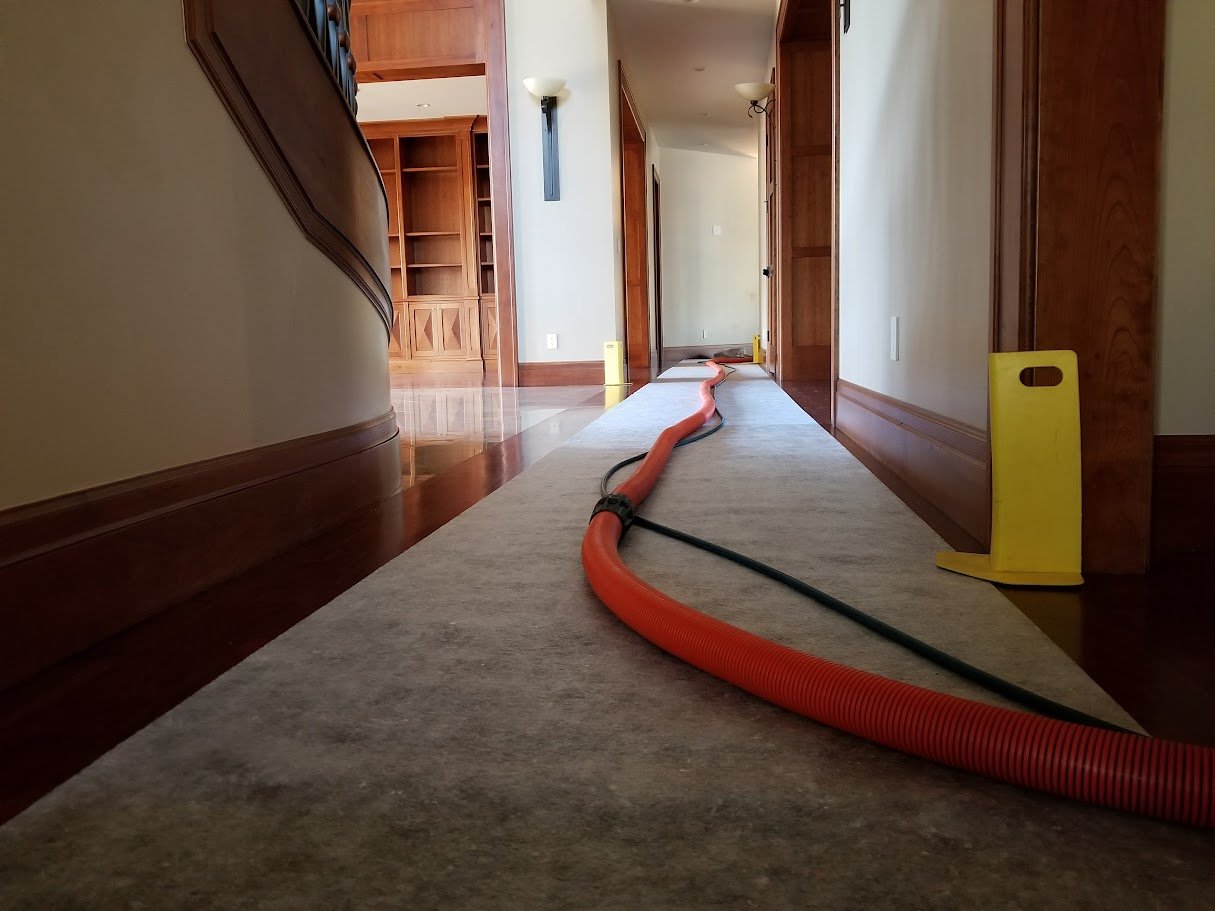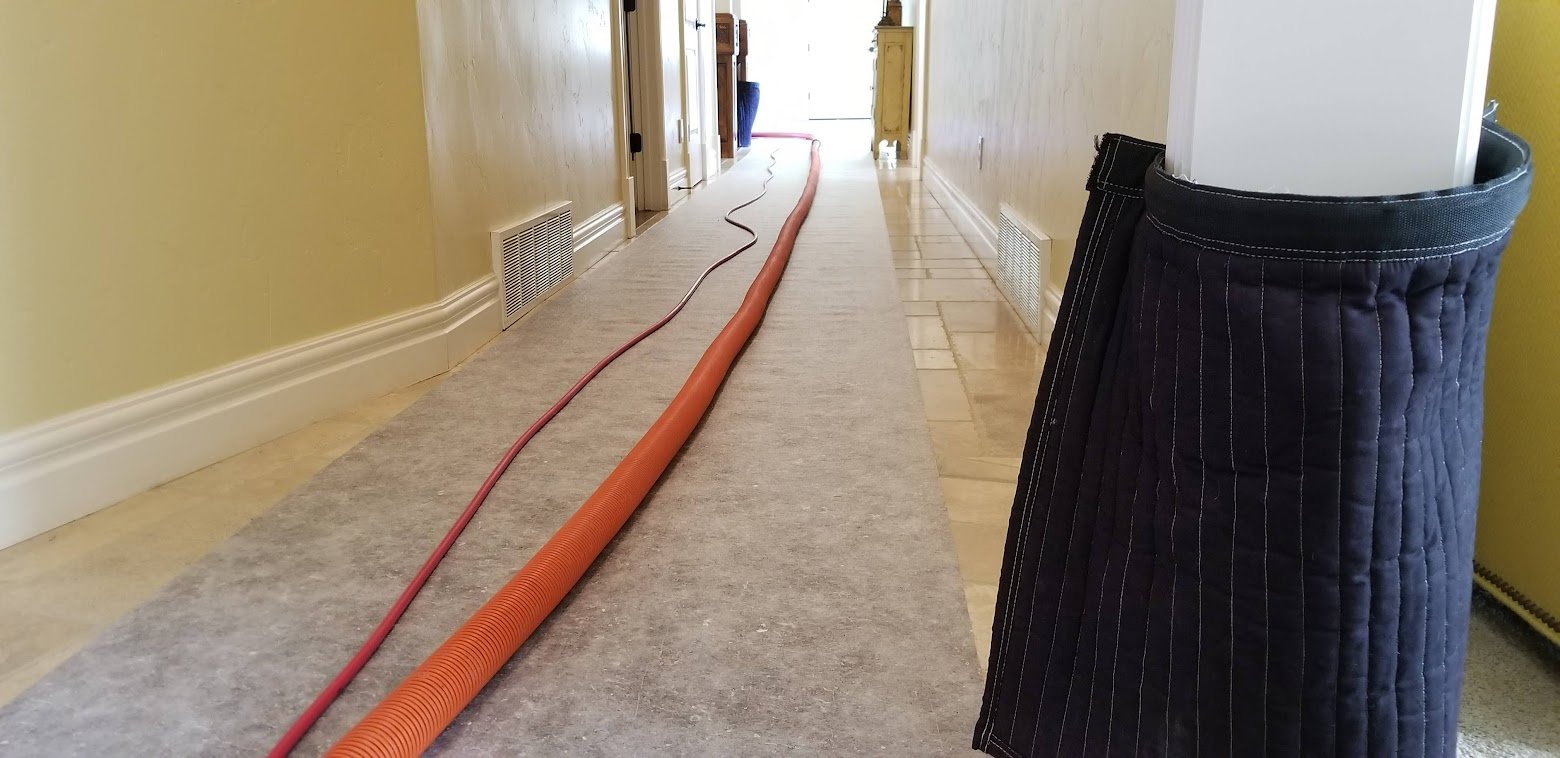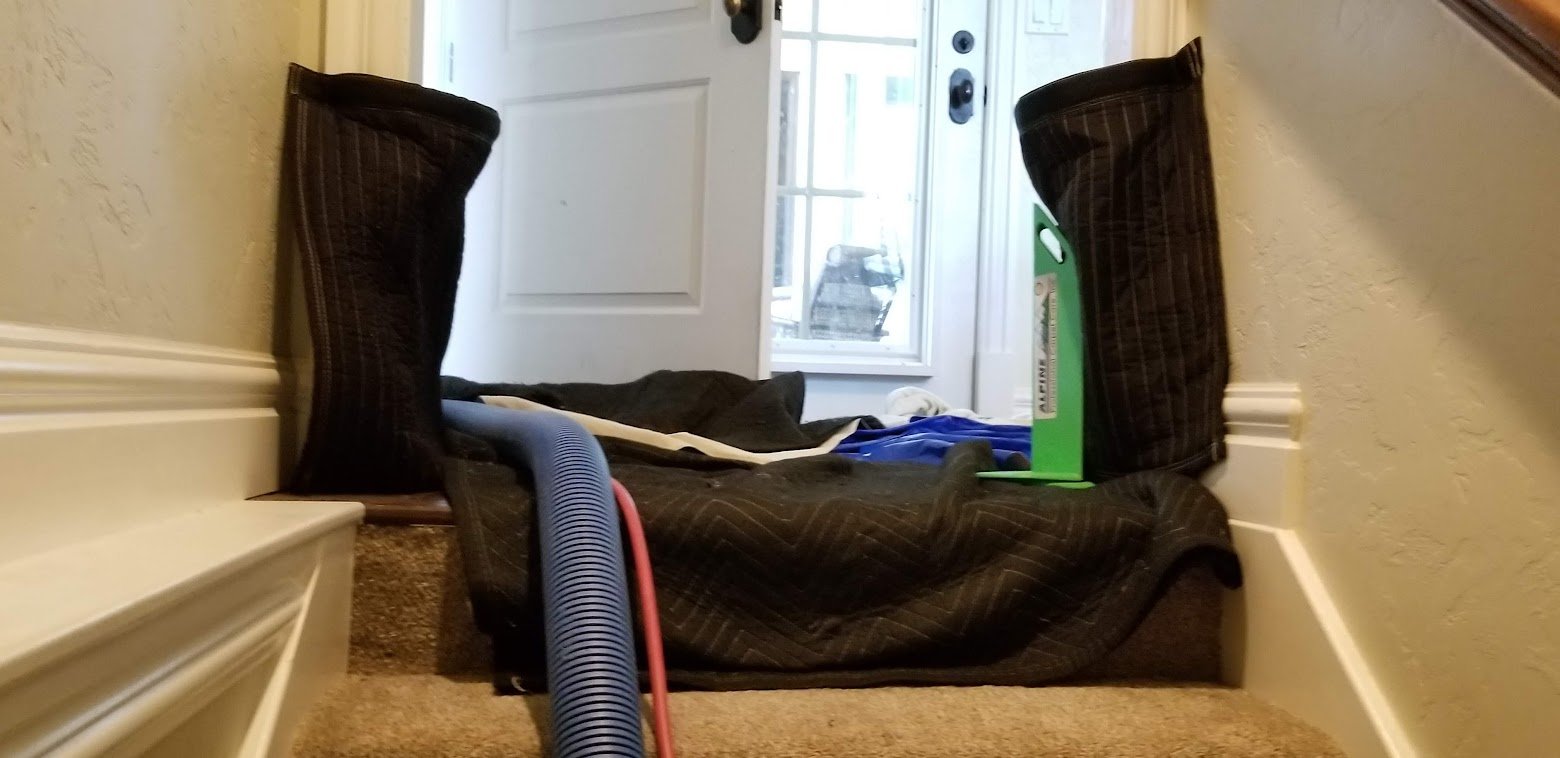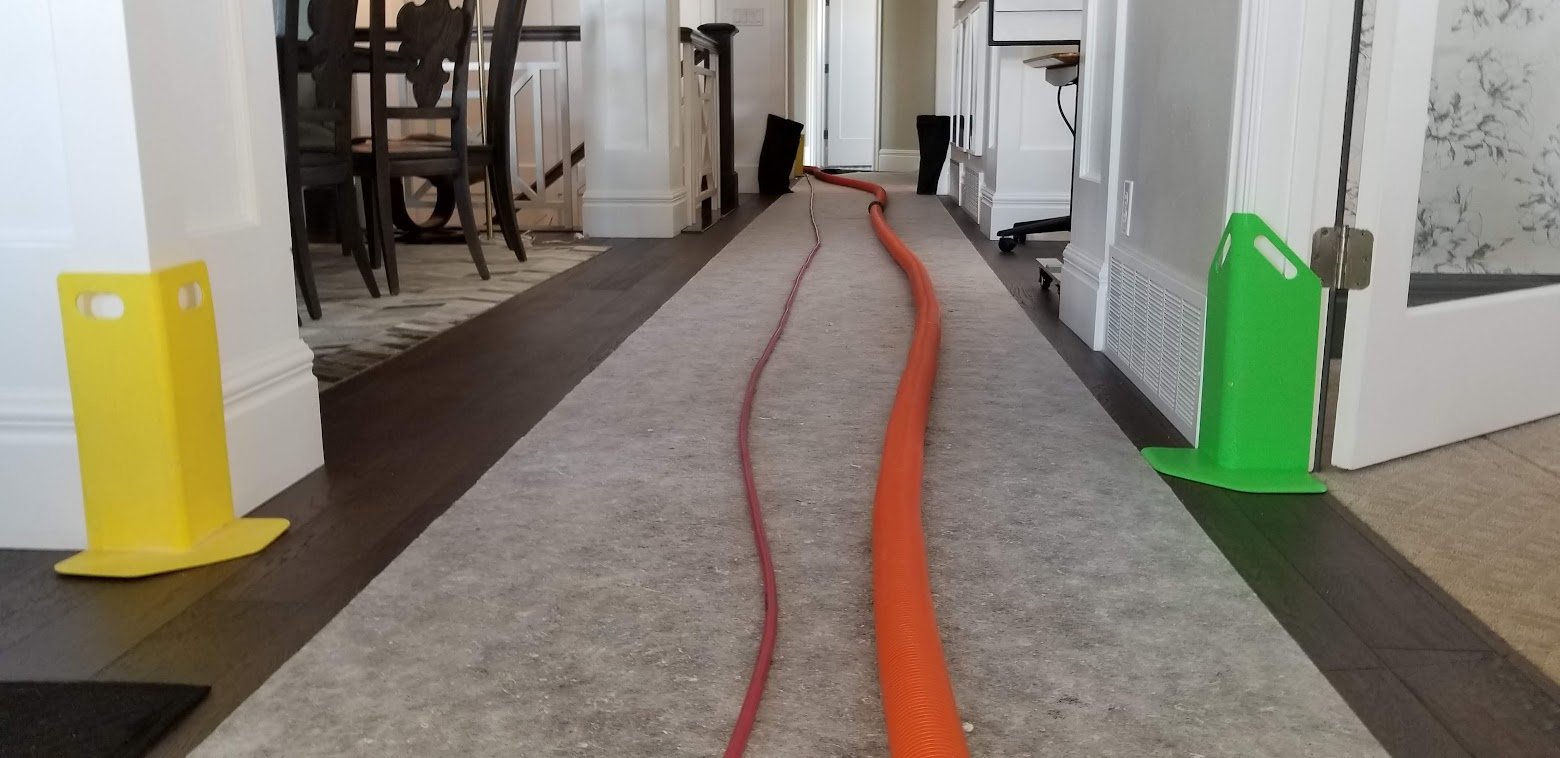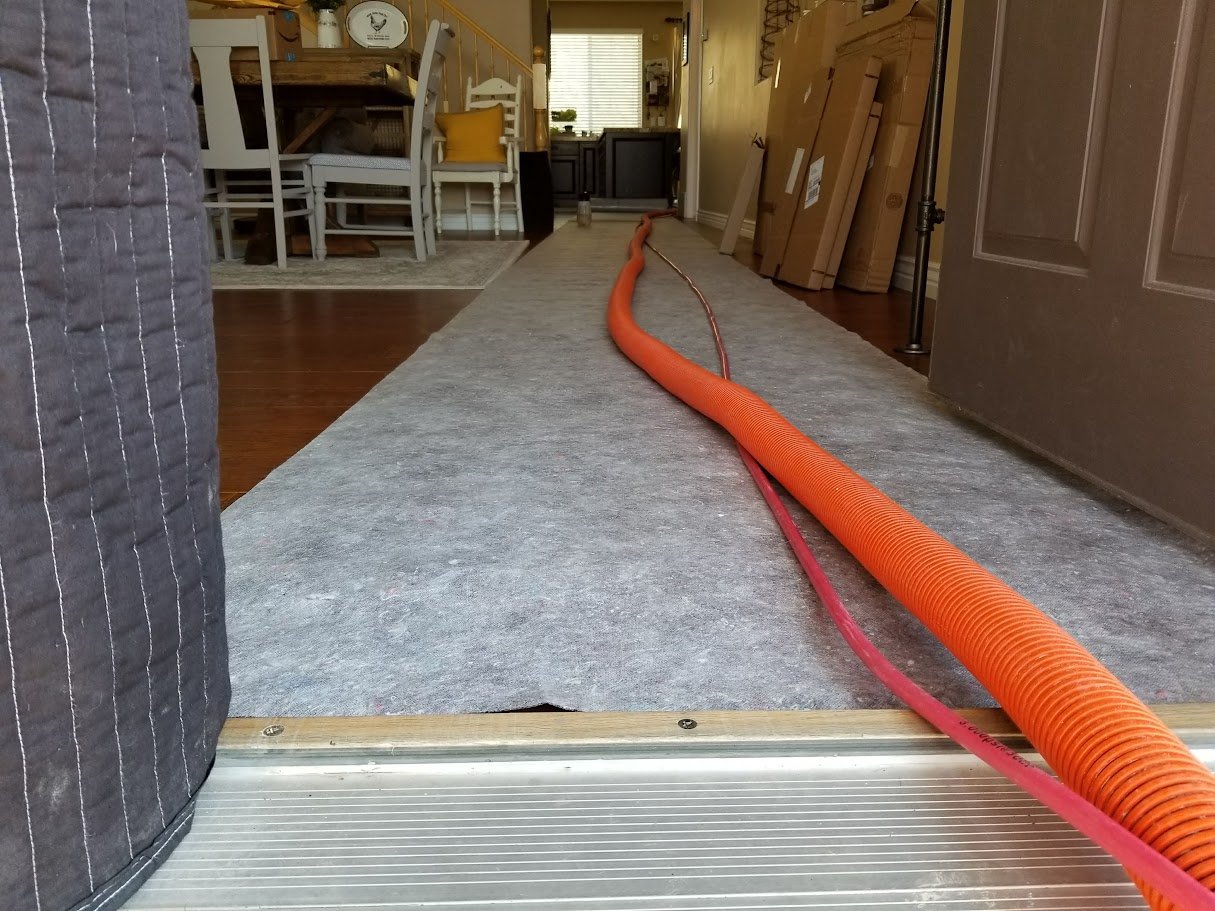Professional tile and grout cleaning services are essential for maintaining the appearance and longevity of tiled surfaces in both residential and commercial spaces. Over time, tiles and grout can accumulate dirt, grime, and stains that regular cleaning methods may struggle to remove. This is especially true in high-traffic areas like kitchens, bathrooms, and entryways, where dirt and moisture are common.
Key Benefits of Professional Tile and Grout Cleaning
Deep Cleaning: Professional services use specialized equipment and cleaning solutions that penetrate deep into the grout lines and tile surfaces. This ensures the removal of stubborn stains, mold, mildew, and bacteria that regular cleaning often misses.
Restores Original Appearance: Tiles can lose their luster over time, and grout can become discolored. Professional cleaning can restore the original appearance of your tile surfaces, making them look like new.
Extends the Life of Tiles and Grout: Regular professional cleaning can help prevent the degradation of grout and tiles, extending their lifespan and reducing the need for costly repairs or replacements.
Improves Health and Hygiene: Mold, mildew, and bacteria thrive in damp environments, particularly in grout lines. Professional cleaning services eliminate these harmful organisms, promoting a healthier living or working environment.
Time-Saving: Cleaning tile and grout can be a time-consuming and labor-intensive task. Professional services save you time and effort, allowing you to focus on other important tasks.
Prevents Damage: Incorrect cleaning methods or harsh chemicals can damage tiles and grout. Professionals are trained to use the right techniques and products, ensuring that your surfaces are cleaned without causing any harm.
What to Expect from a Professional Tile and Grout Cleaning Service
Inspection: The process typically begins with a thorough inspection of the tiled areas to assess the condition of the tiles and grout. This helps the professionals determine the best cleaning approach.
Preparation: Before the cleaning process begins, the area may be prepped by removing any loose debris and protecting surrounding areas.
Deep Cleaning: High-powered equipment, such as steam cleaners or rotary scrubbers, combined with professional-grade cleaning solutions, are used to deep clean the tiles and grout. The cleaning process usually involves agitation and extraction to ensure all dirt and contaminants are removed.
Sealing (Optional): After cleaning, a sealant may be applied to the grout lines. This helps to protect the grout from future staining and makes it easier to clean.
Final Inspection: A final inspection ensures that the cleaning meets the required standards and that the customer is satisfied with the results.
Choosing a Professional Service
When selecting a professional tile and grout cleaning service, consider the following factors:
Experience and Reputation: Look for a company with a solid track record and positive customer reviews.
Equipment and Techniques: Ensure the company uses advanced, industry-standard equipment and safe, effective cleaning techniques.
Licensed and Insured: Choose a licensed and insured company to protect yourself from liability in case of accidental damage.
Transparent Pricing: A reputable company should offer clear and upfront pricing with no hidden fees.
In summary, professional tile and grout cleaning services offer a thorough, effective, and safe way to maintain the beauty and hygiene of your tiled surfaces. By investing in these services, you can extend the life of your tiles and grout while keeping your home or business looking its best.
The frequency of professional tile and grout cleaning depends on several factors, including the location of the tiles, the amount of foot traffic the area receives, and how well the tiles are maintained between professional cleanings. Here's a general guideline:
1. High-Traffic Areas
Examples: Kitchens, bathrooms, entryways, hallways
Recommended Frequency: Every 6-12 months
Reason: These areas are more prone to dirt, stains, moisture, and grime buildup due to frequent use. Regular professional cleaning helps maintain hygiene and appearance.
2. Moderate-Traffic Areas
Examples: Living rooms, dining areas, guest bathrooms
Recommended Frequency: Every 12-18 months
Reason: These spaces experience moderate foot traffic and may require less frequent cleaning, but still benefit from periodic deep cleaning to remove accumulated dirt and prevent staining.
3. Low-Traffic Areas
Examples: Bedrooms, home offices, formal dining rooms
Recommended Frequency: Every 18-24 months
Reason: These areas tend to stay cleaner longer, so they don't need professional cleaning as frequently. However, occasional deep cleaning ensures that tiles and grout remain in good condition.
4. Commercial Spaces
Examples: Offices, retail stores, restaurants, public restrooms
Recommended Frequency: Every 3-6 months
Reason: Commercial spaces generally experience heavy foot traffic and are more prone to dirt, spills, and wear. Frequent cleaning is necessary to maintain a clean and professional appearance.
Additional Considerations
Tile Type: Some tile materials, such as natural stone, may require more frequent professional cleaning due to their porous nature and susceptibility to staining.
Grout Condition: If the grout is sealed, it may stay cleaner longer and require less frequent professional cleaning. However, if the sealant wears off or the grout is unsealed, more frequent cleaning may be necessary.
Environmental Factors: Homes in humid climates may experience quicker mold and mildew growth, necessitating more frequent cleaning. Similarly, homes with pets or young children may also require more regular cleaning.
Maintenance Between Professional Cleanings
To extend the time between professional cleanings, regular maintenance is key:
Sweep or Vacuum: Regularly sweep or vacuum tiles to remove loose dirt and debris that can cause scratches or dull the surface.
Mop or Wipe Down: Use a damp mop or cloth to clean tile surfaces regularly, using a mild, pH-neutral cleaner to avoid damaging the tiles or grout.
Spot Cleaning: Immediately clean up spills to prevent staining, especially on grout lines.
Ventilation: Ensure bathrooms and kitchens are well-ventilated to reduce moisture buildup, which can lead to mold and mildew growth.




